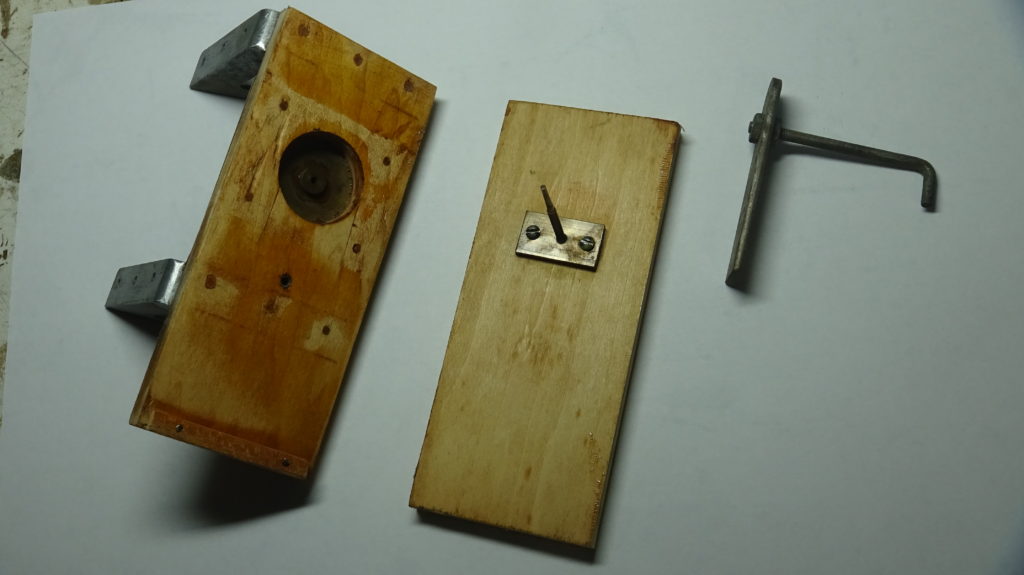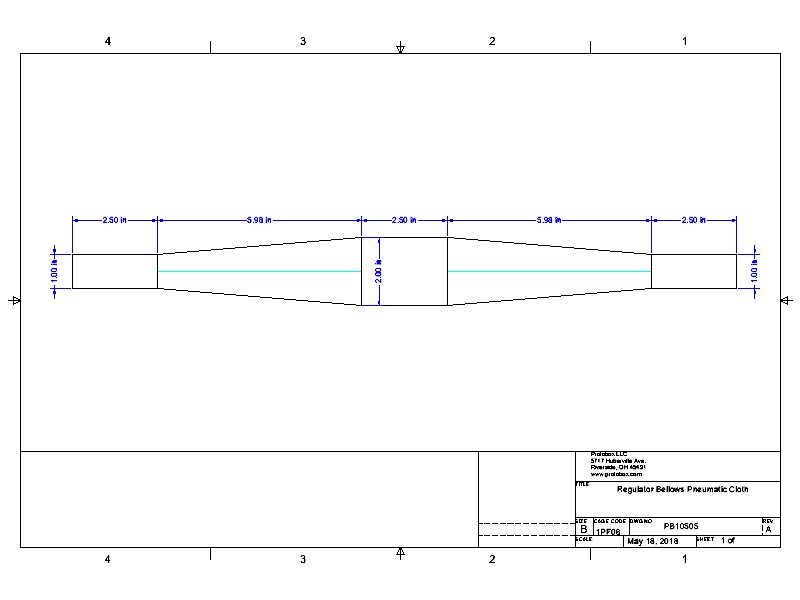There are two identical regulator bellows in the trainer. The air-speed regulator controls vacuum to the air-speed transmitter via a small air-speed damping tank. The tachometer regulator bellows controls the vacuum tachometer instrument directly. The bellows are connected via springs and linkage to the throttle, and to the trainer’s pitch angle so that the tachometer and air-speed indicator respond properly.

Each regulator bellows consists of a small bellows with two ports and an opposing mechanical spring and lever system. Vacuum is supplied to one bellows port. The other port is regulated vacuum controlled by a tapered pin valve restricting the amount of vacuum allowed through the regulated port. The supplied vacuum tries to close the bellows; thereby reducing the output vacuum from the regulator. The opposing spring and lever linkage tries to open the bellows. The resulting balanced position determines the regulated vacuum.

The regulator bellows work over an active mechanical range of about one-half inch. A stop on the internal pivoting tapered valve pin prevents the bellows from closing more than about half way. An external mechanical stop prevents the bellows from opening too wide and pulling on the pneumatic material.

The pneumatic material on our regulator bellows was very stiff. We replaced it with new material. The tapered valve pin inside the bellows was rusted. Although the valve tube, and valve mount were both brass, the pin itself was steel. We lightly polished the pin with a small wire brush bit in a Dremel tool.

